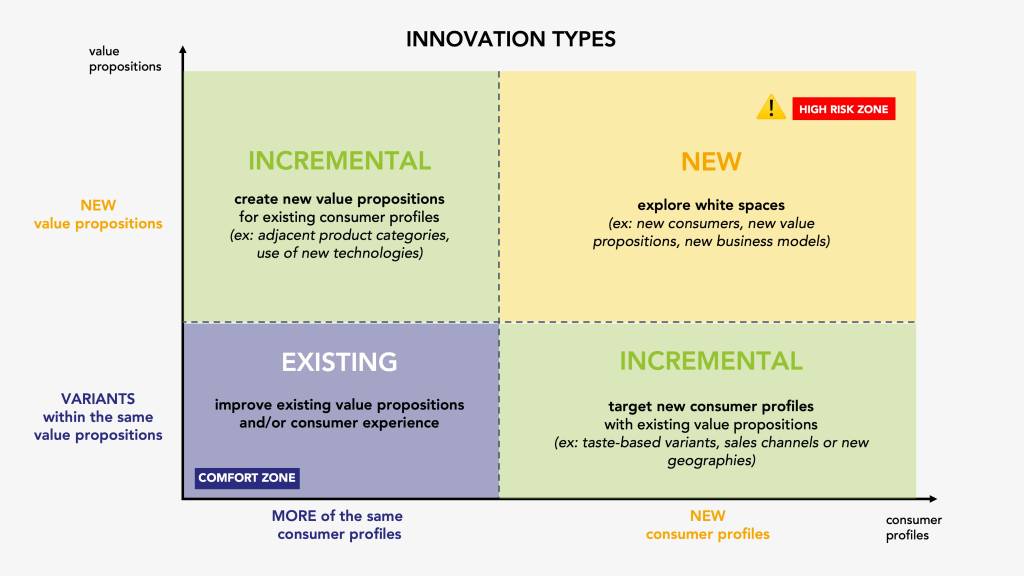With buzzwords often clouding reality, it’s essential to align all participants on the true meaning of “breakthrough innovation.” The Cambridge Dictionary defines innovation as a “new idea or method” and a breakthrough as an “important discovery or event that helps to improve a situation or provide an answer to a problem.” Therefore, breakthrough innovation refers to innovations that successfully bring valuable solutions to consumers.
Each year,
NIQ BASES reports that breakthrough innovations often involve range extensions and new products that consumers recognize as valuable, even if they don’t seem groundbreaking. Breakthrough innovation is not necessarily a game changer or disruptive. While a game changer significantly alters a situation, it doesn’t always add value in terms of sales and profit. Similarly, breakthrough innovation isn’t necessarily disruptive.
Clayton Christensen from Harvard Business School defined disruptive innovation as creating a new market or transforming expensive or sophisticated products into simpler, more affordable ones for a broader market. Disruptive innovations can fail and typically operate with different business models to succeed in low-end markets. Examples include Lidl, Aldi, Ikea, and Netflix. However, companies like Uber and Tesla represent incremental innovation, not market disruptors.

